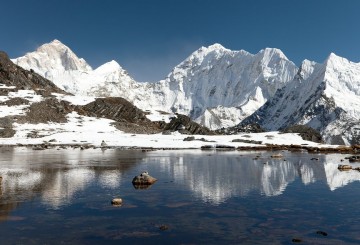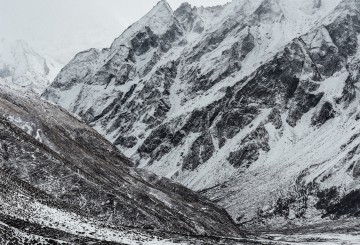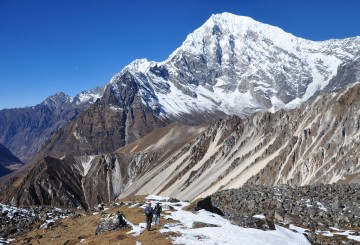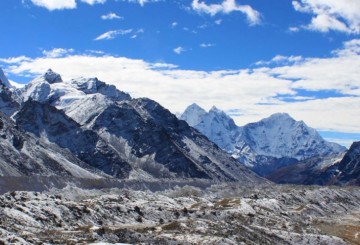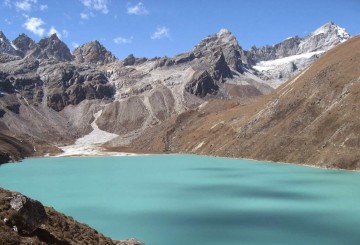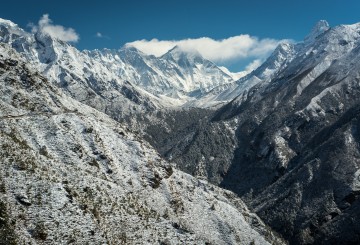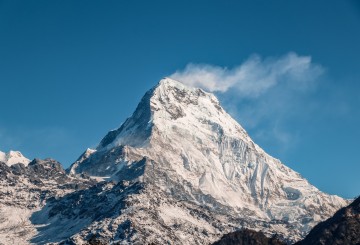Upon your arrival, our representative from Himalayan Sherpa Adventure awaits you at the airport. We will then proceed towards your hotel and brief you about Nepal and your trek. In the evening, we take you to a traditional Nepali restaurant for dinner where we will give you more information about the trek, your city sightseeing and also answer any questions you may have. Overnight in Hotel Mulberry. (B, D)

"Muktinath" or mistakenly called "Mukthinath" word is derived from "Mukti" and "Nath". "Mukti" means "Salvation or Nirvana" and "Nath" means "God or Master". Mukti holds great significance for all spiritual people in the south Asian sub-continent. Muktinath this Sanskrit name itself has religious overtone and a sort of emotional ring to it for the devout Hindus. Jomsom is the starting point of the scenic trekking routes in Upper Mustang and Manang. The diverse landscape and culture found along this trekking route give marvellous insight into the way of life of Nepali people of various ethnic groups. The highlight is a trek through the deepest gorge in the world carved by the Kali Gandaki River, which originates in the Tibetan plateau to eventually flow into the Ganges in India Poon Hill Trek is popularly known as Annapurna Sunrise Trek or Annapurna Panorama Trek. It is one of the most favored treks among trekkers from different parts of the world. Poon Hill lies in Myagdi district of Dhaulagiri zone in the western central part of Nepal. Hiking through the beautiful scenarios and traditional villages of the Annapurna Region, Poon Hill Trek is a surpassing experience.
This is a wonderful trek through lovely Gurung and Magar villages before descending into the Kali Gandaki valley located between the massif peaks of
Annapurna and Dhaulagiri ranges. This valley is an important migration route for birds that fly from the Siberian steppes and Tibetan Plateau towards the south in the winter. The trail follows the ancient trade route to Mustang and Tibet and passes through Tibet-like countryside, reaching the pilgrimage site of Muktinath (3,658 m). We retrace the trail to the hot spring at Tatopani before returning to Pokhara via Ghandrung and Dhampus. For this trek we need to fly to Jomsom and begin the trek from there to Muktinath. This trek also can be done by taking a flight to Pokhara and trek through Dhampus – Ghandrung – Jomsom up to Muktinath. After Muktinath we retrace our way back to Jomsom and fly back to Kathmandu. Beautiful panoramic views from Ghorepani and on the Deurali ridge as well as diverse cultures make this a first time trek that will bring you back to this Himalayan Kingdom .
-
Day 1: Arrival
-
Day 2 : Sightseeing in Kathmandu and equipment check
Our guide will check your equipment in the morning to see if everything is fine. We will then start our sightseeing tour, heading to at least 3 major attractions in Kathmandu. Our sightseeing starts in the morning and should finish around 3 pm. Some major sites are Pashupatinath, Boudhanath, Swayambhunath and Kathmandu Durbar square. You will have the rest of the day free and also a chance to do any last minute shopping before your trek. Overnight in Hotel Mulberry. (B)
-
Day 3 :Drive or fly to Pokhara. 8 driving hrs
After breakfast we drive towards Pokhara early in the morning starting at 7 am. It takes about 7 hours drive from Kathmandu valley to Pokhara. While on drive, we pass through the hills and get to view beautiful mountains lying towards western region of Nepal. After arriving Pokhara, we head towards our hotel. We have some free time in the afternoon to stroll around Pokhara’s lakeside. Overnight in Mt Kailash Resort (B)
-
Day 4 Pokhara to Birethanti 1040m 2 hrs walking
After we finish our breakfast, we gather in the hotel lobby and drive towards Nayapul via Baglung bus park which takes about 2 hours in a private coach. We pass through Sarangkot, Hemja, Lumle before reaching Nayapul. Here we have our permits checked and then we start walking towards Birethanti crossing Modi river whose original route is Annapurna. Our trek today will take us through the steep hills and scattered forest before reaching Birethanti. Overnight in Birethanti. (B, D)
-
Day 5 Birethanti to Tirkedunga 1120m 4.5 hrs walking
Today we start our trek without any modes of transportation.The trek from Birethanti to Tirkhedhunga is a gentle one so we walk today without any kind of rush. The path today is stone paved with slightly steep and narrow trail through the forest. However, we can have some small breaks and a lunch break as there are many teahouses along the way. We stay overnight at Tirkhedhunga. (B, D)
-
Day 6 Tirkedunga to Ghorepani 2830m 5.5 hrs walking
After breakfast, we have a steep trek for about 2 hours which will bring us to Ulleri (2070m). We will cross the Magar village of Banthanti from where we can get spectacular views of mountains like the Annapurna range. We will cross the small river and climb to Nangethanti before finally arriving Ghorepani. Overnight at Ghorepani. (B, D)
-
Day 7 Ghorepani – climb Poon Hill 1.5 hrs walking
Today our journey leads us to Poon Hill to the view point and back to Ghorepani. We start the morning early to get the best views of the Himalayan ranges from Poon Hill. From the view point, we get to see the morning light change colors as its rays passes through the Himalayas. After enjoying the view here, we descend back to Ghorepani where will stay overnight. (B, D)
-
Day 8 Ghorepani to Tatopani 1189m 6 hrs walking
After breakfast, we march towards Tatopani which in English translates to hot spring water. This trail is all way down to Ghara , a small village on the way . ZThe Kaligandaki river banks which is steep way from Durbin Danda is also known as Ghar Khola . About half and hour walk from ghar khkola takes us to our destination .Overnight at Tatopani . (B,D)
-
Day 9 Tatopani – Rest & acclimatization
In order to acclimatize, we stay today in Tatopani and explore the villages around to see the lifestyle and culture of the local people. On this day, we can prepare ourselves for the next days ahead as the trails will be of completely different nature. (B, D)
-
Day 10 Tatopani to Ghasa 2013m 5 and half hrs walking
After couple of nights in Tatopani, we begin our trek after breakfast and walk slowly following the trail with Kali Gandaki River on our right. The trail passes through the beautiful waterfall, Rupse Chhahara. We then ascend further to Ghasa which is beautifully located in the lower part of the Kali Gandaki valley which is warm and green and suitable for birds to stay. We stay overnight in Ghasa. (B, D)
-
Day 11 Ghasa to Marpha 2667m 5 hrs walking
Today we ascend on a steep trail through a forest to Lete Khola. After reaching Lete Khola, we take a lunch break and explore Lete village for awhile which lately is popular for shooting movies due to its captivating beauty. Next, we continue our trek on a trail east of the river and reach Larjung Village. On our trek today we also see beautiful apple trees and vegetable farms. Marpha is known in Nepal for its tasty apples and apple products such as wine, sukuti. We stay overnight in Marpha. (B, D)
-
Day 12 Marpha to Kagbeni 2800m 6 hrs walking
After our healthy breakfast, we trek on a trail that clings to a dry valley. We ascend gradually on a ridge and reach Jomsom Village which is a very old famous village. From here we trek to the north towards Kagbeni, up the Kali Gandaki River which is the deepest gorge in the world. It gets windy after walking a while so it's important to walk carefully at a steady pace. From Kagbeni, we get great views of Nilgiri, Dhaulagiri and Tukuche peaks. We stay overnight in Kagbeni. (B, D)
-
Day 13 Kagbeni to Muktinath 3802m 5 hrs walking
Our journey today starts with a special permit check and then onwards to the riverbank of Kaligandaki up stream as soon as we leave the hotel. Out of all the places, the scenic beauty here is almost rare and diffferent than other parts of Nepal. From Kagbeni, the path climbs steeply to re-join the direct trail leading to Khingar at 3200m. The trail climbs through a desert landscape until Jarkot Village. A further climb reaches us to Muktinath. Muktinath temple has a very significant importance for Hindus and Buddhists which is why we can see crowds forming in temple. We stay overnight in Muktinath. (B, D)
-
Day 14 Muktinath – Rest and Explore
As Muktinath is a big area, we have a rest day today which we can utilize to explore around. People from all over Nepal come to visit here and one reason is the access of road that is possible here. However, due to the road transportation possible, Muktinath looks a lot different than what it used to be before. We stay overnight at Muktinath. (B, D)
-
Day 15 Muktinath to Jomsom 2713m 6 hrs walking
We leave Muktinath behind and walk towards Jomsom which is the heart of this dry valley. Jomsom lies at the end of kagbeni village which is a lower mustang region . Rich in Hindu and Tibetian Buddhism culture , Jomsom also reflects the scenic beauty of Nepal varying rocky clips and Rhododendron forests . The trail also goes through the Kaligandaki river which forms deepest ravine between Annapurna and Dhaulagiri ranges . In this trail, the roads are more advanced so we go through alternative route to pass Muktinath. We stay overnight in Jomsom. (B, D)
-
Day 16 Jomsom to Pokhara 820m 25 minutes by flight
After breakfast, we bid goodbye to our trekking team and start our scenic flight from Jomsom till Pokhara. Our flight passes through between Mt Annapurna and Mt Dhaulagiri. After landing in Pokhara, we drop you to your hotel. Rest of the day is free to explore the beautiful city of Pokhara. Pokhara has many beautiful sites to visit. Phewa lake is one of the main attraction. Overnight in Mt Kailash Resort. (B)
-
Day 16 : Pohkara
This is the last day of our trekking which leads us to leads us to Birethanti. From here, we take the bus to Pokhara which is about 3 hours of ride. Upon reaching Pokhara, today we visit some sites near by lakeside. Hotel accommodation in Pokhara. (B)
-
Day 17 : Fly back to Kathmandu
Today we fly back to Kathmandu. As we reach Kathmandu in the afternoon, you have the rest of the day free. Overnight in Hotel Mulberry. (B)
-
Day 18 : Final Departure
We bid final farewell and drop you to the airport for final departure. (B)
What's Included ?
- All airport and hotel transfers
- 3 nights of hotel stay in Kathmandu on Bed & Breakfast basis
- Professionally trained and experienced tour guide and assistant guides
- Welcome/or Farewell Dinner
- Transportation in our private company vehicle
- Entrance permit and fees for all the Heritage sites
- All government and local taxes
What's Excluded ?
- Lunch and Dinner in Kathmandu
- Tips for guides and drivers
- Personal expenses
- Personal Insurance– travel and rescue insurance
- Airfare for international flights to and from Kathmandu
- Rescue services
- Nepalese visa fee
- Services not mentioned in the “Included” section
-
1. What is the best time to visit the Mustang region?
- Trekking in the Annapurna region is possible any time of the year. However, the most popular months for trekking are March, April, May and September, October, November, as these months are when the conditions are at their best. The spring and autumn tend to offer reasonable temperatures, clear skies, little to no rain and less chance of problematic snowfall. The average temperature around this time can range from a high around 25 degrees Celsius during the day to -15 degree Celsius at night. - December, January and February have colder temperatures and are less frequently travelled, but this should not deter you from making your trip to the Annapurna region during these months. The weather is very clear allowing you to see all the majestic mountains and most of the lodges and tea houses are open during this time. Best of all, you don’t have to deal with crowds and will have all the views to yourself!
-
2. How do you get to the Mustang region?
- The most popular and comfortable way to travel the Annapurna region is by a short 30 minutes flight from Kathmandu to Pokhara. From Pokhara, your team will drive to the starting point of the trek. - There is an alternative way to reach the Annapurna region by driving from Kathmandu 6 hours to Pokhara and then continue on to the starting point of the trek.
-
3. What is the luggage weight limit on flights to the Mustang region? Do we need to use duffle bags instead of regular luggage (with frame and roller)?
- The luggage weight limit on Annapurna flights are 15 kgs luggage and 5 kgs of hand carry (personal backpack). Before you start your trek, any unwanted luggages can be left in your hotel in Kathmandu. They will happily store it for you as you will be using the same hotel once your trek ends. - Yes, Duffle bags are better while in the trek because it can store more luggages and helps our porter to manage his load better.
-
4. Where will we be staying during our trek and what to expect from the accommodations? What kind of meals should I expect during the trek?
- We use only the best available accommodations during our treks which can include hotels, lodges and tea houses. Through our decades of experience, we have selected these places for their hygiene, amenities and client satisfaction. - During your trek the food choices might be more limited but you can always expect to find staples such as Dal Bhat, driving from Kathmandu 6 hours to Pokhara and then continue on to the starting point of the trek. 3. What is the luggage weight limit on flights to the Mustang region? Do we need to use duffle bags instead of regular luggage (with frame and roller)? - The luggage weight limit on Annapurna flights are 15 kgs luggage and 5 kgs of hand carry (personal backpack). Before you start your trek, any unwanted luggages can be left in your hotel in Kathmandu. They will happily store it for you as you will be using the same hotel once your trek ends. - Yes, Duffle bags are better while in the trek because it can store more luggages and helps our porter to manage his load better. 4. Where will we be staying during our trek and what to expect from the accommodations? What kind of meals should I expect during the trek? - We use only the best available accommodations during our treks which can include hotels, lodges and tea houses. Through our decades of experience, we have selected these places for their hygiene, amenities and client satisfaction. - During your trek the food choices might be more limited but you can always expect to find staples such as Dal Bhat, Noodles/ Chowmein, Fried rice, Sandwiches, Soups and French Fries. You can also find some vegetarian options as well. Another common popular Nepali dish is Momo (dumpling) which is very popular among the locals. Make sure to try one when you can.
-
5. Do we need to bring towel, toilet paper? Do all the hotels/ lodges on the route provide bathroom, hot shower and toiletries?
- Not all hotels/ lodges provide the items mentioned above. We recommend all our clients to bring their own toiletries, towel and toilet paper. Some lodges will provide attached bathroom with hot shower in your room while others will just provide a common bathroom. - The Annapurna region is still a remote mountain area that is mostly inaccessible by road. Hence, most of the goods and supplies in this region have to be carried by porters or mules. This makes it very difficult and expensive to provide all the facilities and please keep in mind that the higher you trek, the lesser facilities will be available.
-
6. Do we need to bring a sleeping bag and how warm will the room be?
- If you are traveling Manang region in autumn then you will most likely not need a sleeping bag but if you are visiting in winter around December and January then you will definitely want a sleeping bag with you. You will only need a sleeping bag in the higher elevation. Some lodges will give extra blankets but having your own sleeping bag is better. Your porter will put your sleeping bags in the duffle bags that he carries. If you don’t have a sleeping bag, you can always buy one in Kathmandu or rent through our company.
-
7. If we bring water bottle, where can we refill clean drinkable water?
- There used to be clean drinking water stations along the Manang a route but it seems that it has not been in operation for few years. We recommend to purchase a bottle mineral water and then to pour it onto your water bottle. Purchasing mineral water is very easy in the region but please know that the higher you go, so will the price of water. Also, please remember to recycle the plastic bottle or to give it to your guide or the lodge who will recycle it. It is not advisable to drink tap water. Please only use mineral bottle water or boiling water.
-
8. What about Laundry services and ATM’s along the trek route? Do they accept US dollar during the trek?
- Laundry machines are very rare in the mountains so please check with your guide for this service. Trekkers usually will not have big laundry during the trek and the little items such as socks and towels can be hand washed and later dried in the sun or by the fire. Most trekkers will only do their laundry once they are back in the capital Kathmandu where you can find plenty of Laundry services. - ATM’s are also available but only in certain places. So we urge you to use the ATM’s in Kathmandu where there are plenty and also their service fee will be comparatively less than in the mountains. - Yes they accept US dollar in the mountains but you will get a better deal if you exchange it in Kathmandu in the money exchange shops.
-
9. Is Internet/ Phone available up in the mountains? How do I charge my electronics?
- Internet is available but you will need to purchase it from the lodges. If you have bought a Nepali sim card then depending on the subscription, you can also get mobile data services but this is not a guarantee in all areas of the mountain. If your trek is above 4,000 meters high, we will send a company satellite phone along with the guide just in case of an emergency. - We recommend that our clients bring a power bank with them as electricity is limited especially at higher altitudes. We also found out through some of our clients that the solar powered power bank works well during the trek. So we recommend having both or at least a power bank. Some lodges will provide free electricity for you to charge your power bank and in higher altitudes you may have to pay to charge your electronics. - Tip: Batteries will lose their charge fast in colder temperatures. So we recommend tucking your electronics in your blanket/ sleeping bag or you might find your phone/ camera dead in the morning.
-
10. How common is Altitude Sickness? What to do if I get one?
- While trekking in the Himalayas, there is always a chance of dealing with Altitude sickness, but there are many things that you can do to minimize the risks. Our itinerary programs are carefully designed to ascend slowly and to provide proper acclimatization activities. Our experienced guides will remind you to stay hydrated and also look out for any early signs of distress. - Our guides receive training every year on Altitude sickness. If they think that you are showing symptoms of Altitude sickness, they might perform some simple diagnostic tests such as checking your oxygen level or asking you to walk in a straight line. The most effective treatment for altitude sickness is to descend to a lower elevation. However, in severe cases or certain conditions where descending is not possible our guides will coordinate an air evacuation as soon as possible. - Note: All of our guides are trained to administer oxygen. Every trek that goes above 4,000 meters will be equipped with an oxygen cylinder and a satellite phone incases of an emergency.
-
11. Do we need to carry travel insurance?
- Yes, travel insurance is mandatory while trekking with us. Please ensure that your insurance covers air evacuation service. While trekking to the Himalayas, there is a risk of dealing with an altitude sickness. In case of such emergencies, your air evacuation insurance will help you cover the cost or else the trekker will have to solely bear the costs. Our treks are organized in a very thoughtful manner so you will not have to face such adversities, but we always want our guests to travel in a peace of mind.
-
12. Do I need guide and porters for my trek?
- Yes, having a trekking guide and porter is necessary part of your journey. We have our team of guides and porters who work with us every season. Guides and Porters are an integral part of what we do so they are a vital team member. All of our guides are trained every year on leadership skills and basic first aid skills. Our porters are treated fair by limiting the weight they carry and paying well for the job they do. Trekking in high altitude requires good support team and it is very important to have trekking guide and porter along with you. We treat our porters fairly by only allowing 24 kgs of maximum load and limit per trekker a maximum of 12 kgs (26 lbs) to be carried. 1 porter can carry the load of 2 clients.
-
13. Do I have to tip my guide/ porter?
- Tipping culture is not mandatory but highly appreciated. Please keep in mind that our guides/porters will not ask you for anything– including tips. However, if you think that they have performed well while doing their job, and earn your appreciation or a "thank you", you may by all means tip them any amount you find reasonable. Typical guidelines on tipping the guides are $5 - $10 per day and for porters $3 - $5 per day. Most clients often leave tips in the last night of their trek.
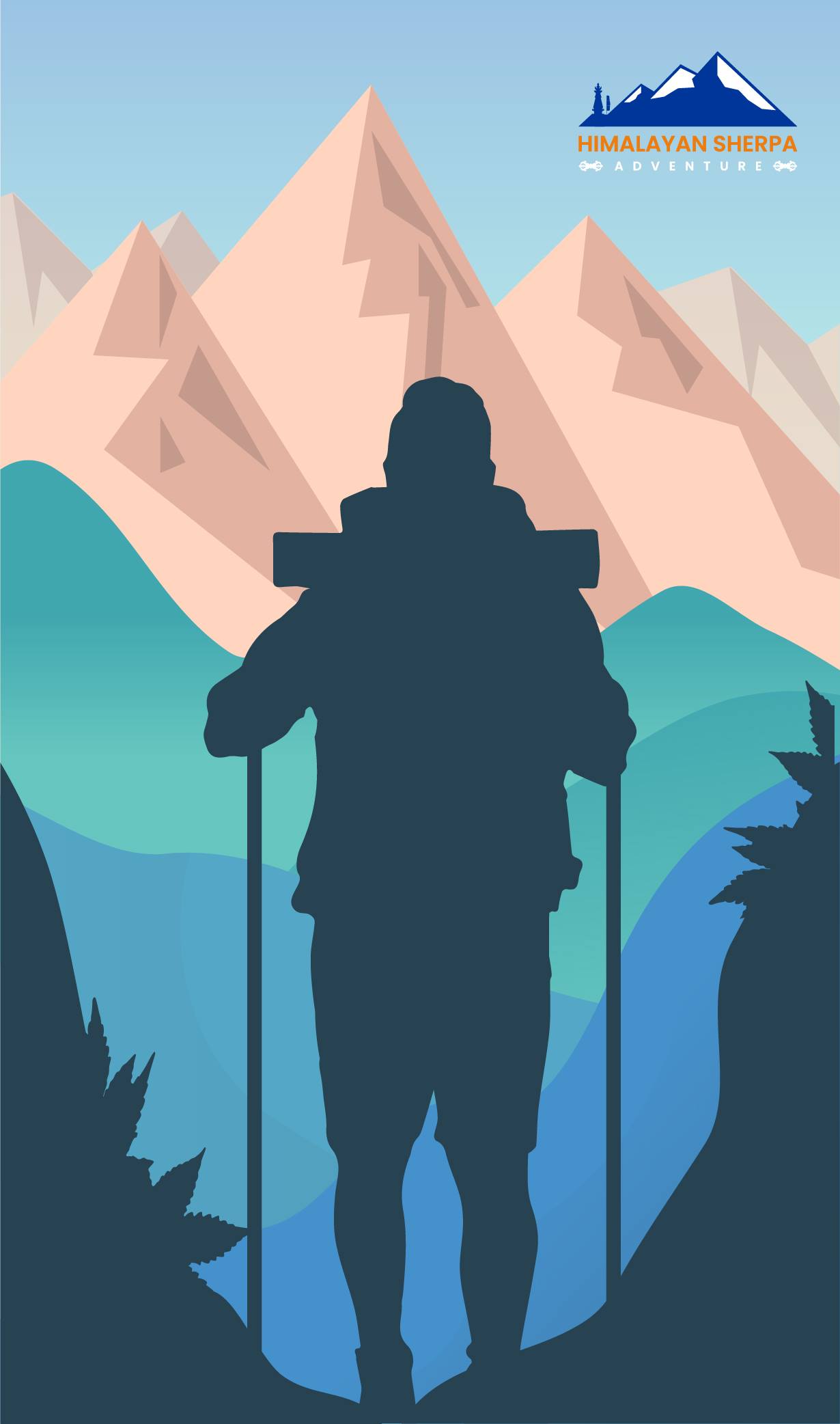
-
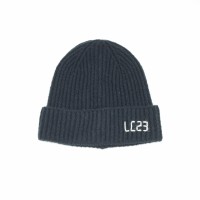
hats/beanie
-

Sunglasses
-
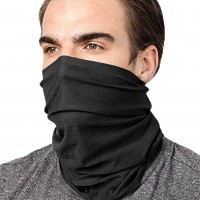
Scarf/Buff.
-

Candies/sweets
-
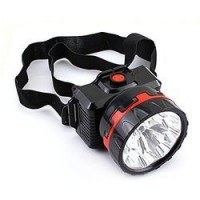
Headlights.
-
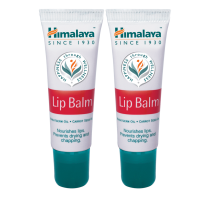
Lip balm
-

Sunscreen
-
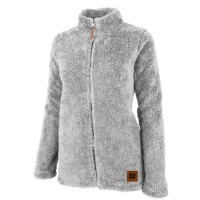
A warm fleece
-
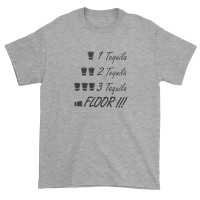
fewT shirts/ long and short sleeve shirts.
-
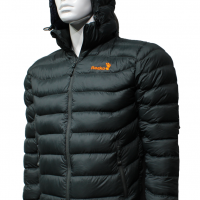
Daun Jacket
-
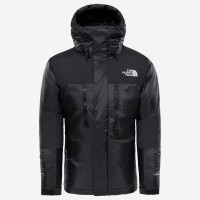
Windstopper jacket
-
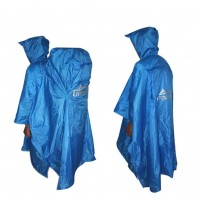
ponchos/Raincoat
-
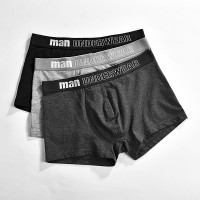
A few pieces innerwear.
-
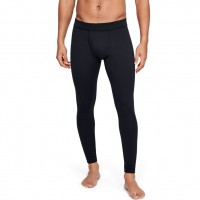
few pairs ski underwear
-
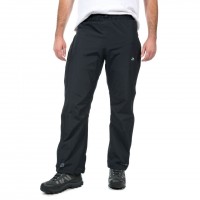
windproof trouser
-
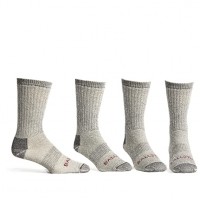
pairs of Trekking Socks
-

pairs woolen socks.
-

Slipper & Sandals
-
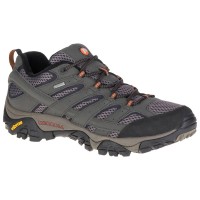
trekking shoes
-
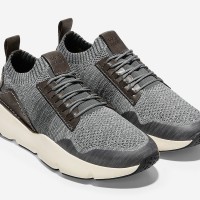
one comfortable shoes
-
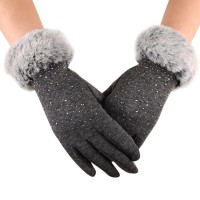
thin gloves & think gloves
-
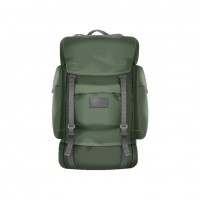
backpack / Rucksack (waterproof)
-

Sleeping bag -10* C
-
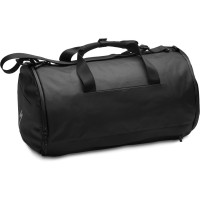
Duffel bag
-
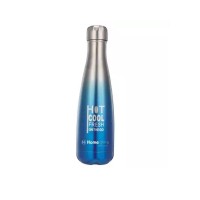
Water bottle
-
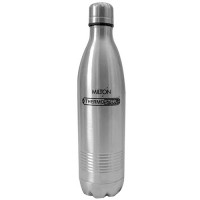
thermos
-
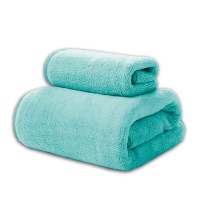
Towel & hand towel
-
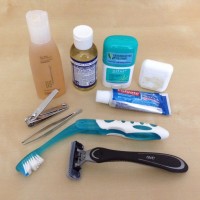
Toiletries
-

Trekking poles

You May Also Like


